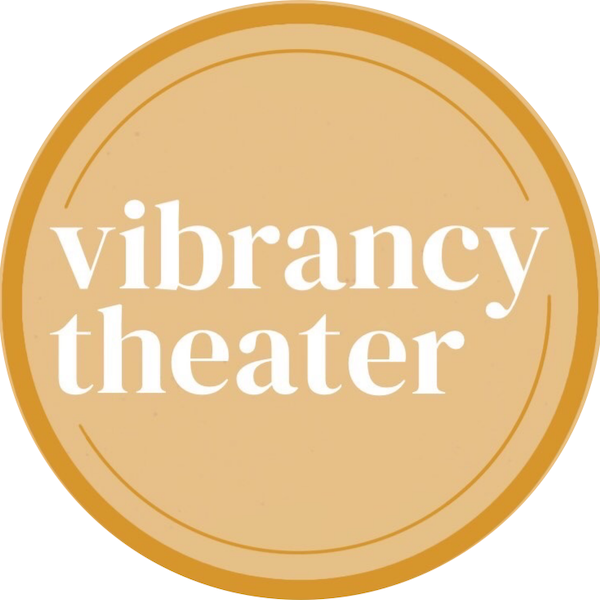Culture
Vibrancy Theater Provides Space to Support and Amplify BIPOC Voices
By: Emily Votaw
Posted on:
Vibrancy Theater was founded this past summer to provide a space for BIPOC (Black, Indigenous, People of Color) voices within the Ohio University School of Theater. Prior to the creation of the student-run theater, no such platform had been made available to BIPOC students.
“There was this moment during the Black Lives Matter movement where the School of Theater kind of stumbled — well, stumbled, a lot — and we had been having this conversation going for quite a while about how we present stories on stage,” said Dr. Charles Smith, Distinguished Professor of Playwriting in Ohio University’s School of Theater and Vibrancy Theater faculty advisor. “Trying to make the primarily white School of Theater and College of Fine Arts understand that sometimes we do stories and even though there are maybe people of color in the story — these stories are basically told from a white point of view. When you see black folks on stage, are you seeing the entire person? Or are you seeing a reflection of how white folks are looking at us? That was tough for some people to understand, but I think we finally got through it — and then the question became: well, how to we do this? How to do we tell these stories on stage from a black point of view without black faculty and without black artistic leadership?”
The answer Smith found was in the enthusiastic student body.
“We have students and they have voices, and they know what stories they want to tell, so why don’t we give them room to tell their stories?” said Smith. “The students stepped into that space and it grew — it just took off. It is pretty extraordinary the work that the students did to create the theater.”
Keshawn Mellon, a senior at Ohio University, is one of those students. Mellon is a Co-Artist Director for Vibrancy Theater, which utilizes a model of circular leadership focusing on the development of a leadership team rather than any one principal leader.
“I want Vibrancy to be a place where something like the topic of race is a choice to use in your artistry, or a choice to explore, or discover something new, and its not innately always present like it is in our classes or productions since we go to a PWI (Predominantly White Institution),” said Mellon.
Mellon said Vibrancy has been busy getting their name out there, currently working on inviting theater professionals to guest lecture to Vibrancy Theater students. By spring semester, Mellon hopes that Vibrancy will be able to potentially host livestream performances or staged readings of works by BIPOC artists, and particularly works by BIPOC Ohio University alumni. Additionally, School of Theater faculty has ensured that there will be a spring semester slot for a main stage Vibrancy production, if they choose to stage one.
WOUB Culture spoke to Mellon and Smith about the creation of Vibrancy Theater, the theater’s mission, and what white people can do to support Vibrancy Theater and BIPOC artists, in the feature embedded above. Follow Vibrancy Theater on Facebook and Twitter.


